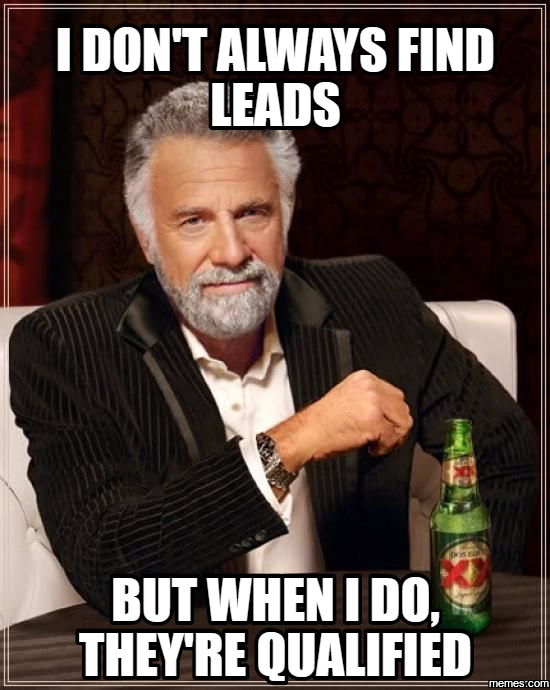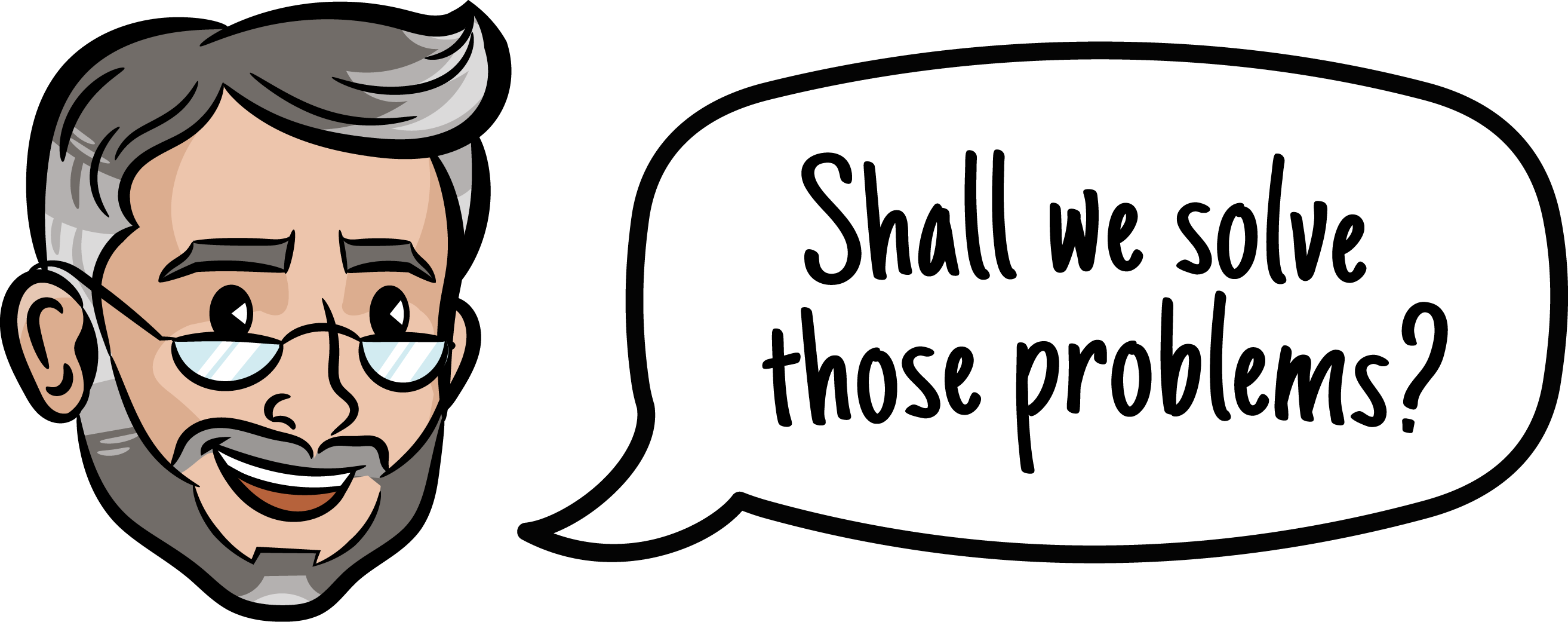The B2B marketing funnel is a strategic tool used to guide prospects through their journey from initial awareness to conversion. Each funnel stage requires specific actions and optimizations to effectively move leads down the funnel and convert them into customers. Understanding these stages and how to implement the right strategies at each point is crucial for achieving marketing success.
In this article, we’ll provide a stage-by-stage breakdown of the B2B marketing funnel and explore the key actions and strategies that can improve results at every step.
Guidance for Each Stage of the B2B Marketing Funnel
A well-structured B2B marketing funnel helps businesses nurture leads and guide them toward a purchasing decision. However, each funnel stage serves a unique purpose and requires a tailored approach. By understanding the distinct goals and challenges of each stage, you can develop better strategies to drive engagement and conversions. Discover the BANT meaning to better assess how qualified your prospect is and identify the best opportunities for conversion.
The primary stages of the funnel include:
- Awareness: Attract prospects and introduce them to your brand.
- Interest: Engage leads by providing valuable, relevant information.
- Consideration: Show how your product or service can solve their specific problems.
- Intent: Help them make informed decisions with personalized offers or demonstrations.
- Evaluation: Address any last concerns and finalize the sale.
- Decision: Ensure a smooth transition from prospect to customer with a simple buying process.
The effectiveness of your funnel depends on how well you implement strategies for each of these stages. Properly executed, each stage flows naturally into the next, moving prospects closer to conversion. Learn how the Sales Funnel Professor can help with your ABM sales funnel. To gain deeper insights into user behavior at each stage of your sales funnel, consider using tools like Hotjar, which can help identify where prospects might be dropping off and provide data to refine the funnel for better B2B conversion rate optimization.
Stage-by-Stage Guidance on Marketing Funnel
To achieve success at every funnel stage, it’s essential to understand the role of each step and how to optimize it. Let’s dive into each stage and the best practices to follow.

Awareness Stage
At the top of the funnel, the awareness stage is all about attracting new prospects. Here, potential customers are just beginning to learn about your brand, so your goal is to make them aware of the problem your product or service can solve.
Content marketing plays a critical role at this stage. Create blog posts, social media content, videos, and infographics to educate your audience. Use search engine optimization (SEO) to ensure your content is discoverable, use our Keyword Multiplier to get started with SEO. Paid advertising can also help boost your visibility, especially on platforms like LinkedIn or Google Ads.
The key is to focus on delivering value. Avoid hard-selling tactics at this point. Instead, help prospects understand their pain points and introduce your brand as a potential solution.
Interest Stage
Once prospects are aware of your business, they move into the interest stage. Here, they start engaging with your content, seeking more information about how your product or service can help them.
At this funnel stage, you should provide content that dives deeper into the specific solutions you offer. Webinars, whitepapers, eBooks, and case studies are excellent tools to keep leads engaged. You might also want to start capturing their contact information through gated content to move them into your email marketing funnel.
Lead nurturing through automated email sequences is also critical at this stage. Regular communication helps build trust and keeps your brand top-of-mind as they move further down the funnel.
Consideration Stage
In the consideration stage, prospects are actively evaluating your solution against your competitors. They want to know how your offering will meet their needs better than the alternatives.
During this funnel stage, it’s important to highlight your product’s unique value proposition (UVP). Provide detailed product demos, case studies, and client testimonials that show the tangible benefits of choosing your solution.
Interactive content, such as ROI calculators or product quizzes, can be effective in helping leads visualize the specific value they would get from your product. Additionally, personalized consultations or free trials can give prospects a hands-on experience that helps them make an informed decision.
Intent Stage
By the time leads reach the intent stage, they are seriously considering making a purchase. They may request a demo, quote, or proposal, and are likely weighing final factors before committing.
To move prospects through this funnel stage, personalization is key. Offer tailored pricing options or personalized demos that address their unique pain points. Engage your sales team to provide clear, concise answers to any remaining questions.
At this point, ensuring seamless communication between marketing and sales is crucial. The sales team needs to provide value-driven conversations that focus on the specific needs of the lead.
Evaluation Stage
The evaluation stage is where decision-makers assess your offering in detail. They are looking for reassurance that your product or service is the right choice for their business.
In this funnel stage, continue to build confidence by offering in-depth resources like detailed pricing breakdowns, implementation guides, and ROI projections. Engage decision-makers with personalized presentations or follow-up calls to address any remaining questions or concerns.
Ensuring a quick response to any queries during this phase can make all the difference in converting a lead into a customer. Speed and transparency are your best allies at this point.
Decision Stage
At the bottom of the funnel, leads make the final decision to purchase. Your role is to ensure a smooth buying process and set the stage for a long-term relationship.
Streamline the purchasing process as much as possible. Ensure contracts are simple to understand and provide clear next steps for onboarding or setup. The goal is to remove any last-minute friction and make it easy for prospects to complete the transaction.
After the purchase, shift your focus to customer success by offering onboarding support, additional resources, or a dedicated account manager to ensure the client feels confident in their decision. A CRO expert company can provide valuable insights and strategies to optimize your funnel, ensuring it performs at its best. Find out if a CRO Expert is exactly what you need to unlock your funnel’s full potential.
Key Actions for Each Funnel Stage
Each funnel stage requires specific actions to move leads forward. Here are some critical actions to take at each stage:
- Awareness: Focus on content creation and SEO to build visibility.
- Interest: Use lead magnets like webinars or gated content to capture leads.
- Consideration: Highlight your UVP with detailed case studies and product demos.
- Intent: Offer personalized pricing or demos to push leads toward a decision.
- Evaluation: Provide ROI calculators or testimonials to build trust and overcome objections.
- Decision: Simplify the purchasing process and offer post-purchase support to ensure satisfaction.
Proven Strategies for Each Stage

To maximize the effectiveness of your B2B marketing funnel, implementing proven strategies at every funnel stage is essential. Some key strategies include:
- Content Marketing: Provide valuable, educational content at the awareness and interest stages.
- Lead Nurturing: Use automated email sequences to nurture leads through the funnel.
- Personalization: Tailor your content and offers based on the prospect’s behavior and needs.
- Sales Alignment: Ensure your sales and marketing teams work together to close deals at the intent and decision stages.
- Customer Support: Offer proactive post-sale support to build lasting customer relationships.
Optimizing Each Funnel Stage for Better Results
Optimizing every funnel stage is critical for improving conversion rates and maximizing ROI. Regularly evaluate your funnel performance by tracking key metrics like conversion rates, time spent at each stage, and lead progression.
A/B testing is a powerful tool for optimizing each stage. Test different types of content, email subject lines, CTAs, and landing page designs to see which performs best. Adjust your strategy based on the data to ensure continuous improvement.
Additionally, gather feedback from your sales team and customers to identify any pain points in the funnel. Are there stages where leads frequently drop off? Are there bottlenecks slowing down conversions? Use this information to refine your approach.
If you’re looking for direct guidance, our CMO service might be the solution for you. Our interim CMO service specialize in fixing major sales funnels and training your team along the way.
Conclusion
Each funnel stage of the B2B marketing funnel requires specific actions and strategies to guide prospects toward conversion. By implementing targeted strategies, aligning sales and marketing, and continuously optimizing your funnel, you can significantly improve your results and drive more conversions.
For those looking to master the nuances of each funnel stage, the Sales Funnel Professor offers a comprehensive Sales Funnel Course. This course provides in-depth training on how each funnel stage works and how to connect them for maximum returns.
By applying these strategies and avoiding common pitfalls, businesses can build more effective marketing funnels that deliver real results.


